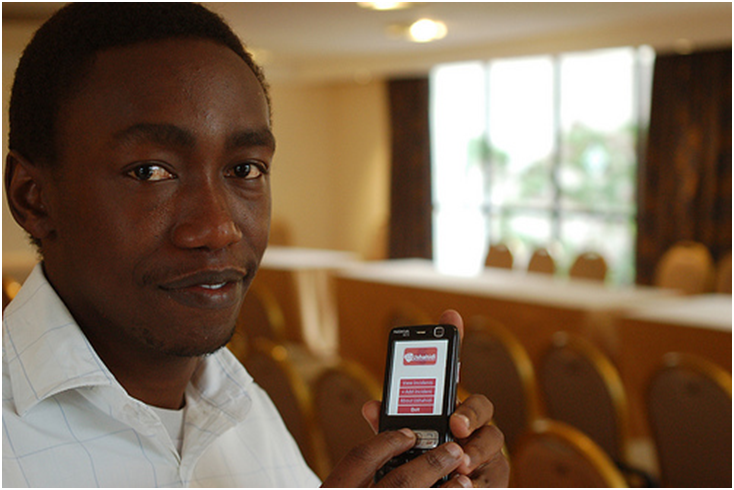Written by James Balm, Social Media Intern, BioMed Central
In our culture, we use mobile phones everyday with little thought to the benefits they may provide outside of socialising. Yet in developing countries, mobile phones may be the key to improved healthcare and education. With the recent increase of mobile phone usage in developing countries, these areas may help influence the handheld market. Recent studies identified a good 64 per cent of users worldwide are from developing countries, and in Africa, mobile phone sales have increased by 550 per cent due to growing popularity.

According to a study in Malaria Journal by Wasif A Khan from iccddr,b, in a rural district of Bangladesh, mobile phones have proved beneficial in the diagnosis and treatment of malaria. This particular area is considered to have one of the highest rates of malaria, possibly due to its close proximity to forests which mosquitoes may use as a habitat. The mobile phone was found to be an efficient method in the detection of malaria within remote areas, when combined with local knowledge and field support. Just over half (56.4%) of those who owned a phone had used them for medical purposes, and 11.9% had used their phone for malaria services. Due to the mobile phone, people were able to have access to rapid treatment and diagnosis. This reduced incorrect and potentially dangerous treatment (which can even lead to drug resistance) from being carried out by local medicine men or drug vendors.

Mobile phones are also useful in data collection, as individuals and families can be more easily contacted, contributing to research and understanding of surrounding areas. Education has been provided via phone, using Internet modules, in various health areas such as cancer, HIV, and even eyecare awareness. Warnings can also be distributed via mobile when natural disasters occur to prevent injuries or death.
Examples of the use of mobile phones in public health are found across many developing countries. A study in BMC Research Notes by Kivuti-Bitok & colleagues (2013) in Kenya, finds that mobile phones have aided in identification of cervical cancer. Furthermore, it was felt that mobile phones could play a great role in advertising and encouraging screening, which many patients were reluctant to go through with due to embarrassment and cultural expectations. Health care managers stated that mobile phones had potential for health education, reminder alerts, and information management.

However, they also found that there are some obstacles faced with using mobile phones. Treatment proved more effective in areas with better transport routes, due to accessibility. Furthermore, signal is low in remote areas, and when users return to their village, they may be at risk of missing important messages.
Future strategies using mobile phones may involve geolocation, as described in The Guardian, where individuals can be identified via GPS in their mobile phone. This may prove especially vital for identifying the sick, and women during childbirth, in remote locations.
Overall, the use of mobile phones has expanded rapidly even into the most remote areas. They have been useful in the fight against malaria. The benefits of mobile phone use in developing countries could lead to new interventions involving education, awareness, & communication. According to The Atlantic developed countries like the US could learn from this. With these new strategies using simple mobile technology, developing countries are a step ahead. It seems for developing countries, improvement in healthcare is just one text away.
Comments